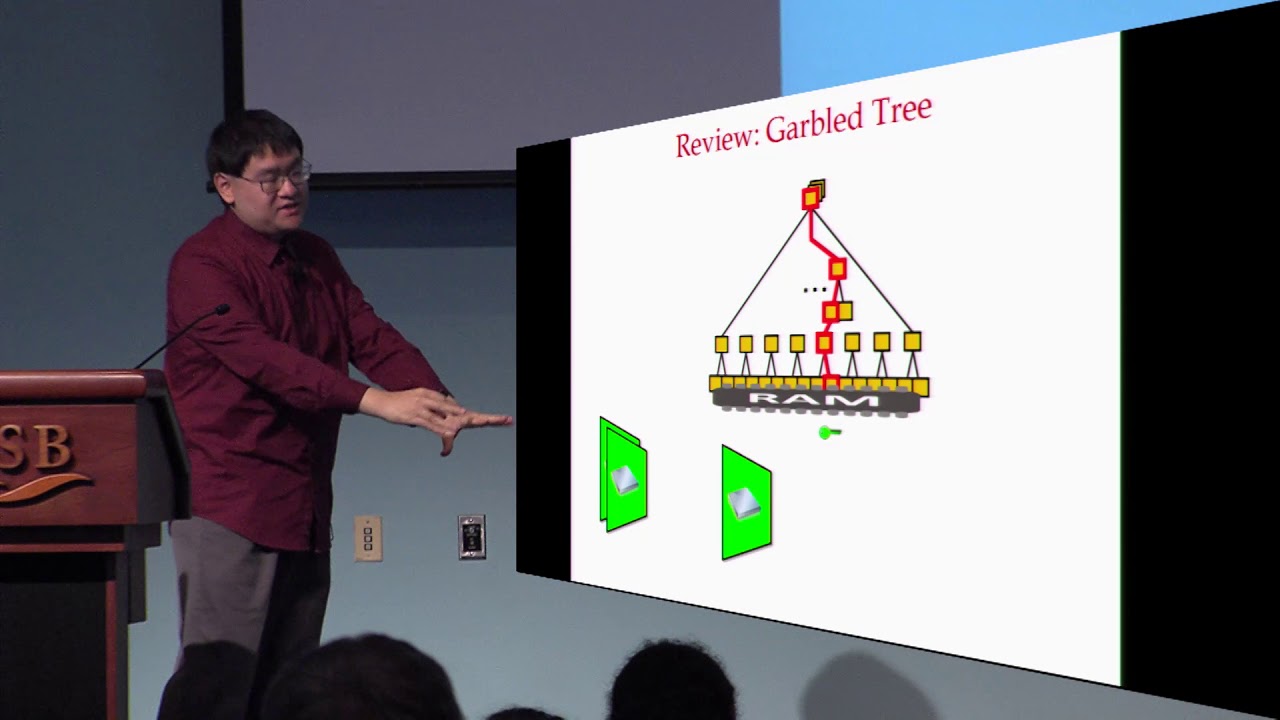Welcome to the resource topic for 2015/1068
Title:
Black-Box Parallel Garbled RAM
Authors: Steve Lu, Rafail Ostrovsky
Abstract:In 1982, Yao introduced a fundamental technique of ``circuit garbling’’ that became a central building block in cryptography. Recently, the question of garbling general random-access memory (RAM) programs received a lot of attention in the literature where garbling an encrypted data can be done separately from garbling program(s) that execute on this (garbled) RAM. The most recent results of Garg, Lu, and Ostrovsky (FOCS 2015) achieve a garbled RAM with black-box use of any one-way functions and poly-log overhead of data and program garbling in all the relevant parameters, including program run-time. The advantage of their solution is that large data can be garbled first, and act as persistent garbled storage (e.g. in the cloud) and later programs can be garbled and sent to be executed on this garbled database in a non-interactive manner. One of the main advantages of cloud computing is not only that it has large storage but also that it has a large number of parallel processors. Despite multiple successful efforts on parallelizing (interactive) Oblivious RAM, the non-interactive garbling of parallel programs remained open until very recently. Specifically, Boyle, Chung and Pass in their upcoming TCC 2016 paper (see their recently updated eprint version) have recently shown how to garbled PRAM program with poly-logarithmic (parallel) overhead assuming non-black-box use of identity-based encryption. The question whether such a strong assumption and non-black-box use of such a strong assumption are needed. In this paper, we resolve this important open question and show how to garble parallel programs, with only black-box use one one-way functions and with only poly-log overhead in the (parallel) running time. Our result works for any number of parallel processors.
ePrint: https://eprint.iacr.org/2015/1068
Talk: https://www.youtube.com/watch?v=Q9CsFXm2kw8
See all topics related to this paper.
Feel free to post resources that are related to this paper below.
Example resources include: implementations, explanation materials, talks, slides, links to previous discussions on other websites.
For more information, see the rules for Resource Topics .
